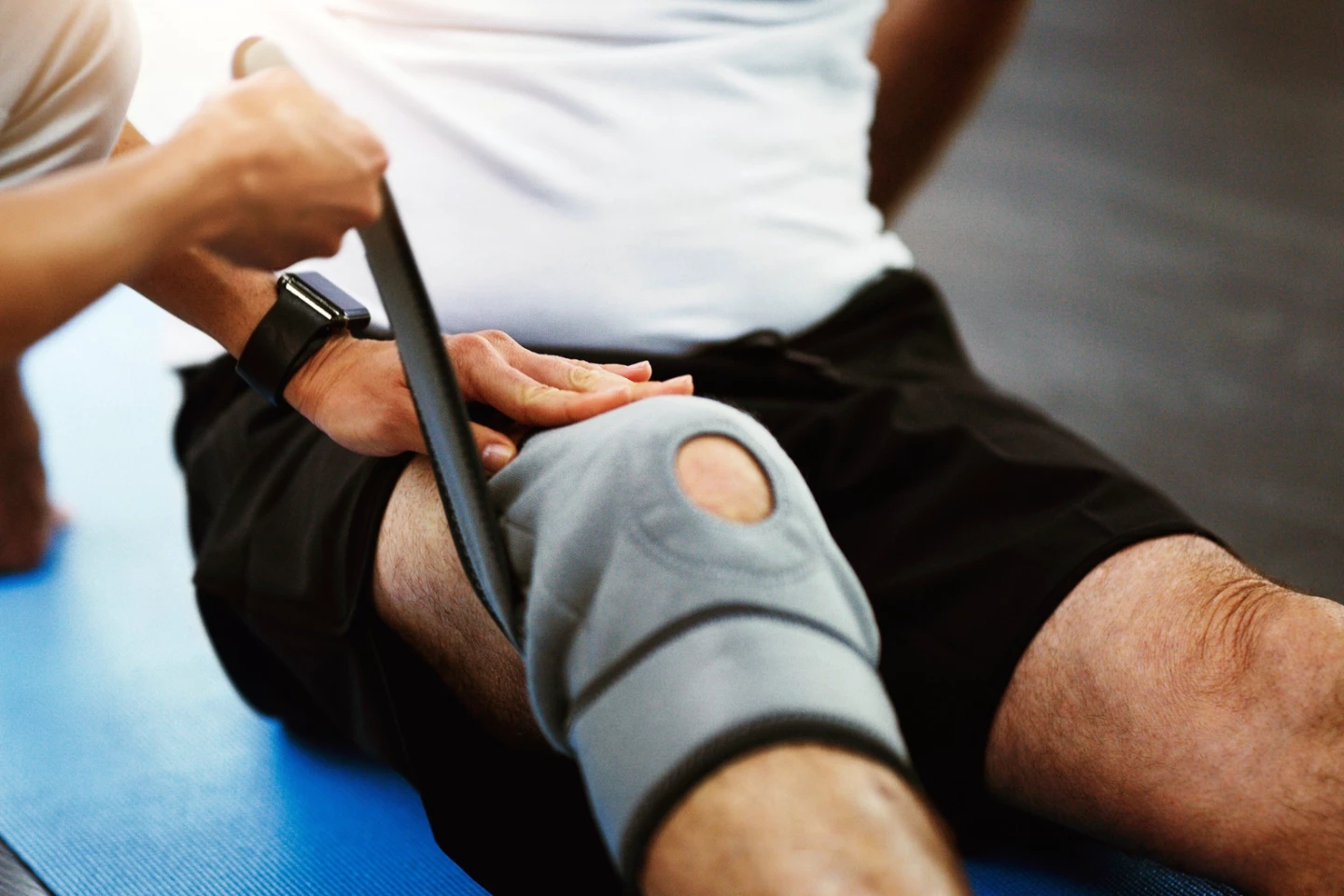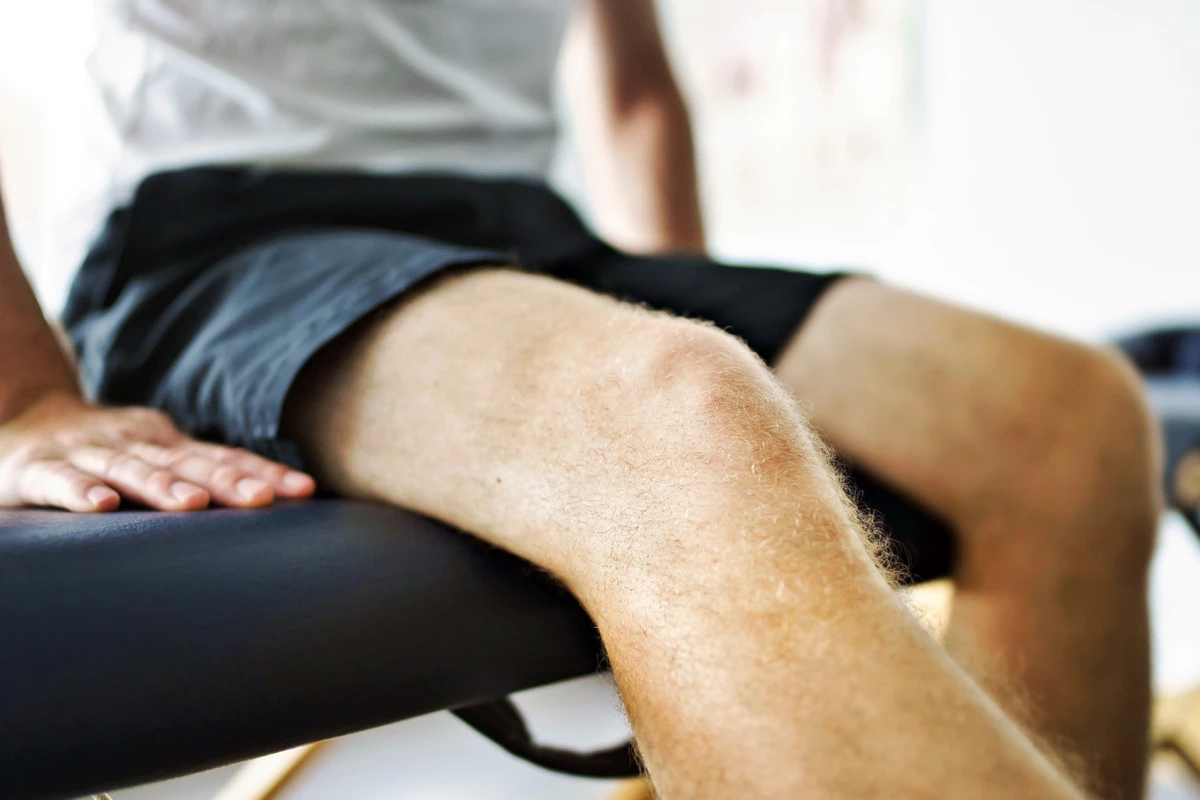Researchers have analyzed clinical trial data and ranked 12 different non-drug physical therapy treatments for knee osteoarthritis, based on their effectiveness in reducing pain and stiffness, and improving physical function.
The progressive erosion and eventual loss of joint cartilage that characterizes knee osteoarthritis (KOA) leads to pain, stiffness and reduced mobility, significantly impacting daily activities and overall quality of life. Strategies for managing symptoms are diverse, ranging from the use of nonsteroidal anti-inflammatory drugs (NSAIDs) to physical therapy to regenerative therapies, such as stem cell injections.
Thankfully, a new study by researchers from the First People’s Hospital of Neijiang, China, has investigated the effectiveness of various therapeutic options for treating the condition.
The data from a total of 139 clinical trials involving 9,644 patients with KOA and comprising 12 non-pharmaceutical, non-invasive physical therapy treatment options were looked at by the researchers. The interventions they examined were:
- Low-level laser therapy (LLLT): Low-frequency laser light penetrates the skin to stimulate mitochondria, the energy-producing apparatus within cells, which is believed to promote healing, reduce inflammation, and alleviate pain. Also known as cold laser therapy or photobiomodulation.
- High-intensity laser therapy (HILT): Similar to LLLT but uses specific wavelengths of near-infrared light to stimulate mitochondria to reduce inflammation and promote tissue repair.
- Transcutaneous electrical nerve stimulation (TENS): A small, battery-powered device delivers a low-frequency electrical current through electrodes on the skin, aiming to reduce pain perception and potentially increase the production of natural pain-relieving chemicals by the body.
- Interferential current (IFC): An electrotherapy similar to TENS but using a medium-frequency current to reach deeper tissues.
- Short-wave diathermy (SWD): Electromagnetic radiation is used to generate heat within deep tissues, which is thought to induce an anti-inflammatory response, reduce joint stiffness, promote tissue repair, and reduce muscle spasm and pain.
- Ultrasound: High-frequency sound waves are delivered to the affected area, creating a gentle heating effect that may relax muscles and reduce pain in addition to promoting tissue healing and reducing inflammation.
- Lateral wedged insole: Insoles that are thicker on the outer edge. Placed into shoes, they may provide pain relief by improving the knee’s alignment and load distribution within the joint.
- Knee brace: The brace can reduce pain and swelling by compressing the knee and providing support to a potentially weakened knee joint.
- Exercise.
- Hydrotherapy.
- Kinesio taping (KT): Taping the knee is thought to lift the skin and put more space between it and the muscles, which may help reduce pain and swelling, joint stability and movement.
- Extracorporeal shockwave therapy (ESWT): High-energy acoustic waves are delivered to the knee to stimulate the body’s natural healing processes, including the formation of new blood vessels and bone cells. By overstimulating pain nerves, ESWT can also provide relief from pain.

Using a method called network meta-analysis, which allows comparisons to be made across many studies, even if not all treatments were directly tested against each other in the same studies, the researchers looked at a couple of outcomes. The first was scores on the Western Ontario and McMaster Universities’ (WOMAC) osteoarthritis index, a self-administered questionnaire that measures pain, stiffness and physical functioning. The second was the participants’ visual analog scale (VAS) rating of pain during rest and movement. Each of the 12 treatments was ranked by how well it improved these scores.
Three treatments ranked above the others: the knee brace, hydrotherapy, and exercise. The brace was most effective in reducing pain and stiffness, and improving function. Hydrotherapy was very effective, especially for reducing pain experienced at rest. Its benefits came from warm water buoyancy, reduced weight loading on the joint, and improved mood. It was suggested as being ideal for patients who have difficulty with traditional, land-based exercise. Exercise, which included activities like strength training, aerobic activity, yoga, and cycling, was found to be helpful for reducing pain and improving function. It was especially effective when the exercise was individualized and consistent. The treatments that ranked lower were ultrasound and SWD, which were consistently among the least effective. Lateral wedge insoles showed little benefit beyond neutral shoe inserts.
The study’s findings reveal a clear hierarchy of effective non-drug, non-invasive therapies, based on a large and rigorous dataset. It means that healthcare providers and clinicians can personalize treatment plans for people with KOA and, together, choose the most effective option.
The study was published in the journal PLOS One.






